The Evolution of Video Editing: From Scissors and Tape to Digital Domination

After you have finished shooting a video, it’s just a quick stop in the edit room until it’s ready to be shown to the public, right?
Wrong.
Video editing is a time-consuming process and a very underrated aspect of the video production process.
Table of Contents
The Intricacies of Video Editing
To truly appreciate video editing, one must delve into the meticulous work involved.
Editors sift through hours of footage to extract the essence of a story. This process demands creativity, patience, and a keen eye for detail.
Each cut, transition, and effect is meticulously chosen to create a seamless narrative that captivates the audience.
History and Development of Editing
Most directors will tell you that for every hour of video they shoot, they get anywhere from one to five minutes of usable footage.
And that is with all the advancements of the modern age. Imagine how long and tedious the video editing process was back when it was first in use.
To fully understand how far video editing has come and where it can go in the future, you first have to understand how it all started.
Scissors Beats Paper
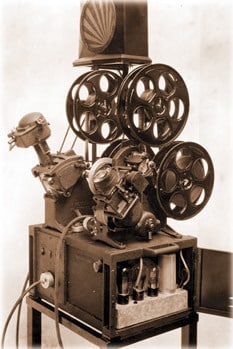
Filming and editing video is a relatively new concept.
In just over a hundred years, people have gone from using scissors and tape to trim unnecessary footage to the computer-based non-linear techniques of today.
For the first eighty-plus years, editing was done using the linear method.
The linear method of editing involves arranging images and sounds in order.
At the beginning, this did involve using scissors to splice the footage and then using tape to attach it in the correct order.
Methods like this were used until the 1920’s, when the first editing machine, called the Moviola, was invented.
The Process of Editing
The Moviola was important to the evolution of video editing because it was the first machine where the editors were able to see the film while determining where the best cut point would be.
This helped deliver crisper, better-edited films.
The Moviola advanced video production services tremendously and was the standard of usage in the film industry for almost fifty years.
Starting in the 1950s, however, the video tape recorder came along and helped advance the video editing process to where it is today.
Types of Video Editing
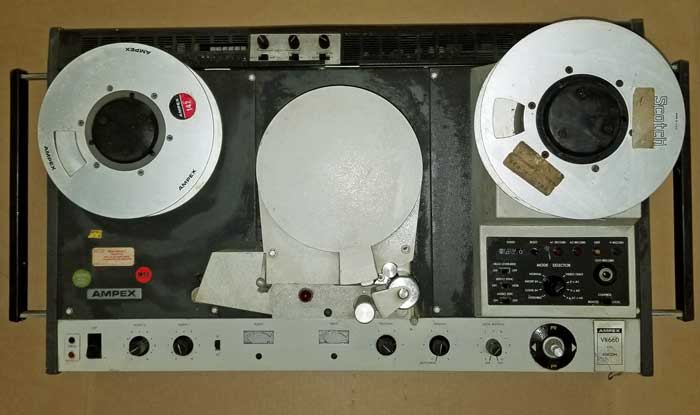
From its beginning, TV used film to shoot and edit.
In 1956, the AMPEX Corporation debuted the first Video Tape Recorder.
The VTR was the first device to use magnetic tape to record video. It was favored by the growing television industry due to its convenience and cost.
The first VTRs were revolutionary because of the way they recorded video. The video was recorded using transverse scan technology.
At the time, video had a much higher bandwidth than audio, so it required a much higher tape speed to record.
Using the transverse scan method meant that the video would be recorded across the width of the tape, and not just down the center, as had been the case up until this point.
This allowed much more data to be stored on the tape, thereby lowering the tape speed required to record.
Doesn’t all of that sound fun?
Luckily for editors around the world, more efficient ways to speed up video production services were on the horizon.
Examples of Video Editing Software
Up until this point, editing video consisted of finding the right spot on the tape to cut, then tape it to another piece of video and hoping that the edit was smooth.
If the cut wasn’t smooth, you’d have to record off the master again and again until you got it right.
And while this method of editing was used up until the late 1990’s and early 2000’s, the path to making it obsolete actually started back in the 1960’s with the advent of electronic editing.
In 1961, the first electronic editor controller appeared in various video tape recorders.
The EECO 900 used timecodes to give the editor a better idea of when to stop or roll a tape.
Also during this time, the first electronic editors by AMPEX were invented.
The AMPEX Electronic Editor was a godsend for video editors at the time, as it allowed videos to be edited without cutting and splicing the magnetic tape.
All of these advances in video editing helped set the stage for the non-linear dominance that we know today.
Difference Between Linear and Non-Linear Editing
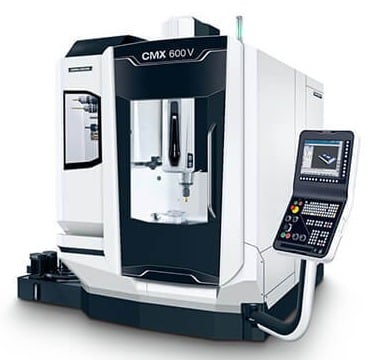
Ever see an old movie or video where someone is shown a new thing called a computer and everyone is in awe of it and it takes up half the room?
Well, the first non-linear video editing system, the CMX 600, was very similar.
It introduced the world to non-linear editing and it required so much disc space that the the disc drives it used could be the size of a home washing machine.
Non-linear editing is an extremely important video production service advancement because it does not require the original content be modified at all.
Instead, the pieces you want edited are allowed to be taken out and placed onto an alternate timeline, preserving the original.
Starting in the late 1980s/early 1990’s, digital editing software became available, and companies such as Avid provided video production companies with the ability to work within an editing suite.
The Rise of Digital Editing
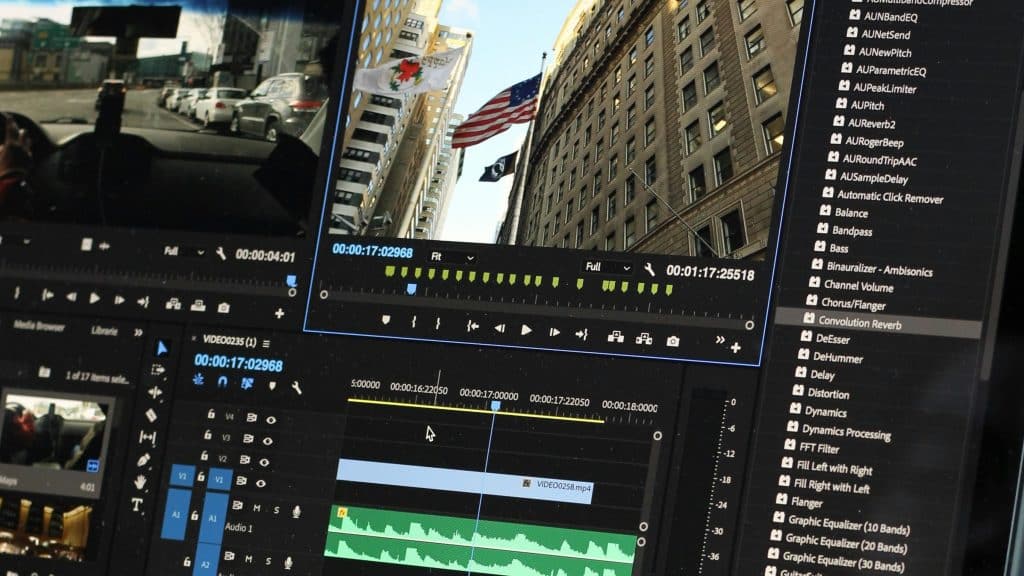
For about the last decade, digital editing has dominated the video production process.
Digital cameras are used to shoot digital video, which then get edited on a digital video editor.
The digital process provides you with the clearest picture and sound available and just about anyone with a smartphone has the capability to take advantage of it.
Digital editing has not only revolutionized professional video production but also democratized the process, allowing amateur creators to produce high-quality content.
Social media platforms and streaming services have exploded with user-generated content, thanks to the accessibility of digital editing tools.
Future Trends in Video Editing
Will this trend hold out in the future or will a new technology come along and take its place?
If history is any indication, a new and improved way to help video editing will emerge and take it to places it has never been.
The future of video editing might involve more advanced AI tools that can automate basic editing tasks, making the process even faster.
Virtual reality and augmented reality are also poised to play a significant role, potentially changing how editors interact with their footage in immersive environments.
The integration of real-time collaboration tools will further streamline the editing process, enabling teams to work together seamlessly from different locations.
Frequently Asked Questions
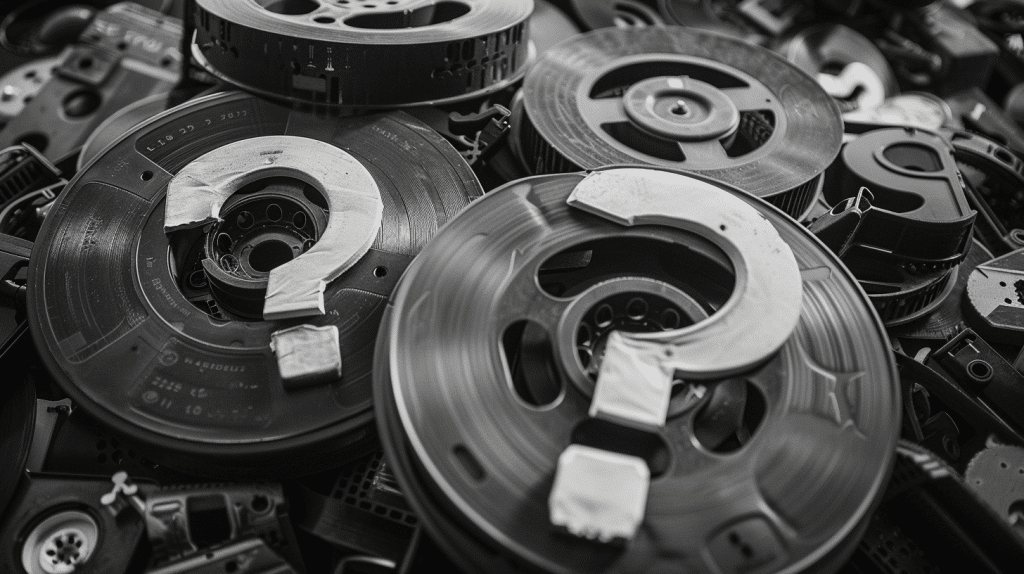
How Did Color Editing Techniques Evolve Over Time?
Imagine the chaos of early color editing! You’d manually tweak every frame. But, wow, color correction evolved! From crude chemical processes to sophisticated digital tools, it’s a revolution.
Color grading now lets you craft stunning visuals effortlessly. With software like DaVinci Resolve, you control every hue and shadow. It’s precise, transformative, and essential in today’s industry.
Color editing’s journey is nothing short of spectacular.
What Role Do AI and Machine Learning Play in Modern Video Editing?
In modern video editing, AI and machine learning revolutionize your workflow. Automated tagging simplifies asset organization, making content retrieval effortless.
Scene detection accelerates the editing process by identifying key moments, allowing for precise cuts and smooth shifts. These technologies enhance efficiency and creativity, enabling you to focus on storytelling rather than tedious tasks.
Leveraging AI tools, you can produce high-quality videos with unparalleled speed and accuracy.
How Has the Cost of Video Editing Tools Changed Over the Decades?
Over the decades, the cost of video editing tools has dramatically decreased. Initially, budget constraints limited access to specialized hardware and software.
Today, software accessibility has improved with affordable or even free options like DaVinci Resolve and Adobe Premiere Pro‘s subscription model. This shift democratizes video editing, allowing more creators to produce high-quality content without exorbitant expenses.
The industry now thrives on cost-effective, powerful editing solutions.
What Are the Environmental Impacts of Digital Versus Traditional Film Editing?
Ever wondered about the environmental impacts of digital versus traditional film editing?
Digital editing’s energy consumption can be significant, but it also reduces physical waste.
Traditional editing, by contrast, generates less e-waste but involves hazardous chemicals and physical film disposal.
Effective e-waste management is crucial for minimizing digital editing‘s footprint.
How Has Mobile Technology Influenced the Video Editing Landscape?
Mobile technology has revolutionized video editing by enhancing user accessibility. Mobile software now offers powerful editing features that were once confined to high-end desktops. You can trim, splice, and add effects on-the-go, making the editing process more efficient.
Industry terminology like non-linear editing and real-time rendering is now commonplace in mobile apps, bridging the gap between amateur and professional editors. This shift has democratized the video editing landscape to a great extent.
Share:
Search our blog:
Follow us on:
